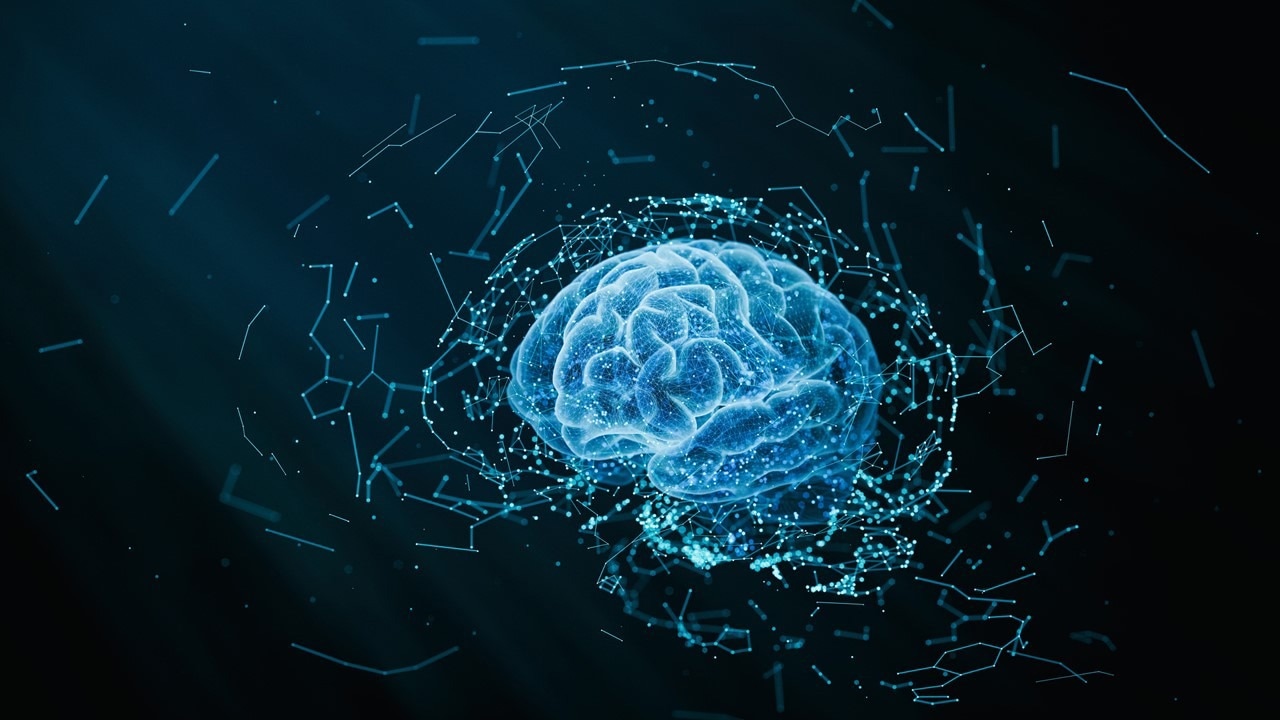Delirium, known as a type of brain dysfunction marked by abrupt bouts of confusion, paranoia, inattention, or even agitation and hallucinations has been developed by over one-third of all people who have been admitted to the hospital—and as many as 80% of all patients in an intensive care unit (ICU).

Image Credit: Getty Images.
At Johns Hopkins Medicine, in partnership with Johns Hopkins University engineering students, a report has been produced that shows how artificial intelligence (AI) algorithms have the potential to detect the warning signs of delirium and can forecast—at any time during an ICU stay—a high risk of delirium for a considerable number of patients.
Being able to differentiate between patients at low and high risk of delirium is incredibly important in the ICU because it enables us to devote more resources toward interventions in the high-risk population.
Robert Stevens, MD, Study Senior Author and Associate Professor, Anesthesiology and Critical Care Medicine, Johns Hopkins University School of Medicine
The study outcomes were reported in the journal Anesthesiology on December 20th, 2023.
Stevens is the director of precision medicine and informatics, and also the co-director of the Johns Hopkins Precision Medicine Center of Excellence in Neurocritical Care.
Clinicians already knew that ICU delirium appears more frequently in older and sicker patients. ICU patients who develop delirium are subjected to a higher risk of future dementia, prolonged hospitalization, and death.
According to experts, anti-delirium interventions like altering medications, care bundles, and earlier-than-usual occupational and physical therapy are effective. However, limited time and resources including the often-uncertain requirements of ICU patients prevent the majority of the ICUs from using them for every patient.
The newly designed AI program by undergraduate and master’s level engineering students in a precision medicine class applied AI algorithms to a publicly available dataset spanning over 200,000 ICU stays at 208 hospitals throughout the country.
The underlying idea was that this routinely collected data stored in patients’ electronic health records contains signatures that are associated with delirium risk.
Kirby Gong, Study First Author and Recent Master Degree Graduate, Department of Biomedical Engineering, Johns Hopkins University School of Medicine
Two computerized models were developed by the research group using the data to predict the risk of delirium. One, an alleged static model, takes a single snapshot of patient data following admission. The data include information regarding the severity of illness, age, other diagnoses, physiologic variables, and present medications to forecast delirium risk at any time during a hospital stay.
The second, a supposed dynamic model, helps track information over hours and days, such as repeat blood pressure, pulse, and temperature readings. This offers the patient’s continuous updated risk of delirium over the next 12 hours.
As soon as the AI model was developed by the scientists, they started testing two other sets of data from a Boston hospital, jointly covering over 100,000 ICU stays. For the first 24-hour model, the area under the receiver operating characteristic curve (95% CI) was 0.785. This indicated that it had the potential to forecast which patients would get delirium 78.5% of the time. The dynamic model always performed better, forecasting delirium-prone patients up to 90% of the time.
Stevens states that he is currently testing the models on historical patient data collected from Johns Hopkins Medicine ICUs and is planning to design a clinical trial to test the use of the algorithms. Also, he will look at how they can shape clinical care in patients who are newly admitted to an ICU.
His laboratory is also applying identical artificial intelligence approaches in partnership with engineering students and faculty. This helps forecast heart failure, stroke, pulmonary embolisms, and also other emergent events noted in critical care medicine.
For a lot of these physiological transitions, we think that there are early warning signs that may not be obvious to a clinician but can be picked up on using the kinds of artificial intelligence-supported pattern analysis that we used here.
Robert Stevens, MD, Study Senior Author and Associate Professor, Anesthesiology and Critical Care Medicine, Johns Hopkins University School of Medicine
Besides Robert Stevens and Kirby Gong, other authors on the Anesthesiology study are Akaash Sanyal, Joanna Guo, Han Kim, Hieu Nguyen, Joseph Greenstein, and Raimond Winslow of Johns Hopkins; Ryan Lu of Northwestern University; and Teya Bergamaschi of Massachusetts Institute of Technology.
The study was financially supported entirely by institutional and/or departmental sources at Johns Hopkins University.
Journal Reference
Gong, K. D., et al. (2022) Predicting Intensive Care Delirium with Machine Learning: Model Development and External Validation. Anesthesiology. doi.org/10.1097/ALN.0000000000004478.